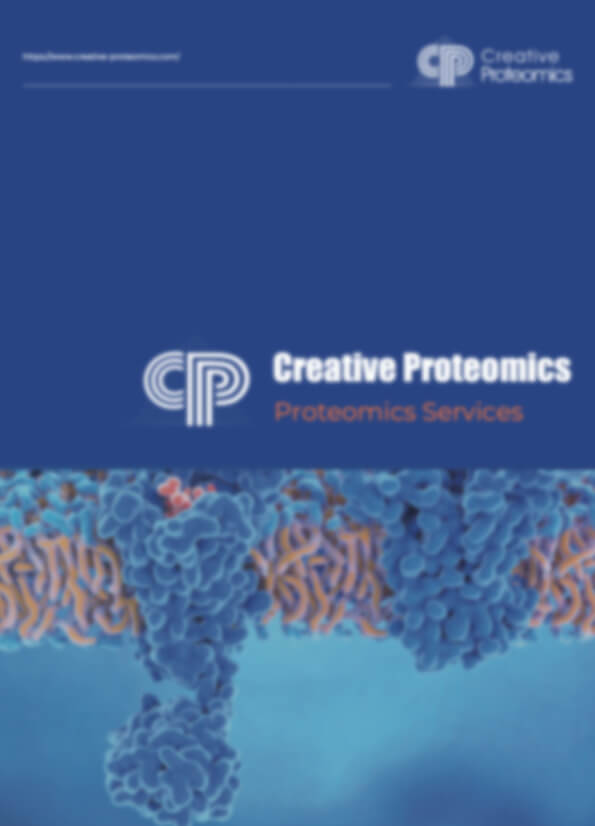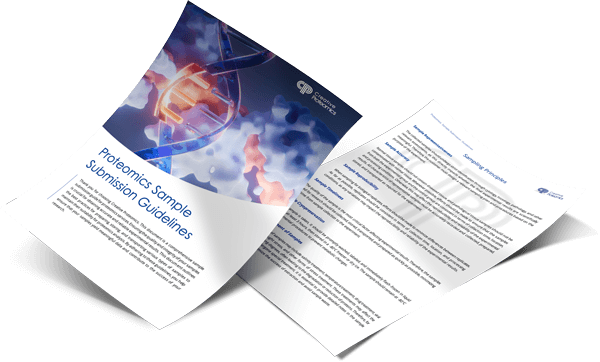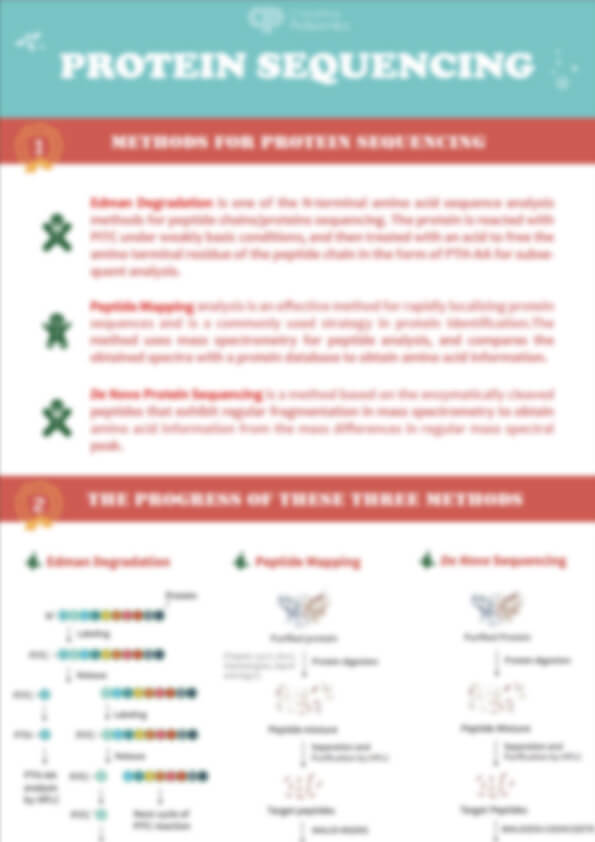N-terminal Edman Degradation Service
Creative Proteomics has extensive experience in analyzing the sequence of peptide and proteins. We provide N-terminal Edman degradation sequencing service for purified recombinant proteins, vaccines, peptides, antibodies. Using advanced instruments and optimized experimental processes to ensure high sensitivity and accuracy sequencing results. We provide you with reliable data support to help your scientific research and development work.
Submit Your Request Now
×- What Is
- Our Services
- Advantages
- Sample Requirements
- FAQ
What Is N-terminal Edman Degradation?
N-terminal Edman degradation was developed by Edman and used to determine the N-terminal amino acid sequence of proteins or peptides as a classic biochemical method. And it is still widely used in protein sequence analysis. In the N-terminal Edman degradation, amino acids are gradually removed from the N-terminal of proteins through chemical reactions, and removed amino acid is identified by chromatography individually. N-terminal sequences is highly specificity, most proteins can be identified by sequencing few residues. Typically, 20-30 amino acids can be accurately determined.
Edman Degradation Principle
1. The PITC reagent is coupled to the N-terminal amino group to form a PTC-peptide under alkaline conditions.
2. The N-terminal residue is cleaved in acidic media to form thiazolinone-aniline amino acid (ATZ-AA).
3. The PITC coupled residue is transferred to a flask, converted to (PTH-AA) residue.
4. The residue is identified by HPLC chromatography (comparing HPLC retention times with PTH amino acid standards for amino acid assignments).
The next cycle is then started for identification of the next N-terminal residue.
 Figure 1. (a)N-terminal Edman sequencing schematic diagram and (b)detailed procedure for each cycle [1]
Figure 1. (a)N-terminal Edman sequencing schematic diagram and (b)detailed procedure for each cycle [1]
Our N-terminal Edman Sequencing Services
- Determination of N-terminal sequences in various biomolecules
- Assessment of accurate translation and purity of recombinant proteins
- Reveal the location and extent of post-translational modifications such as methylation and acetylation, help understand the biological function of proteins
- Guidance of drug design and screening by analyzing the N-terminal sequence of drug target proteins
- Identify disease-related protein variations and modifications, providing a basis for disease diagnosis and treatment
Our Advantages
- Short deliver time
- High performance in detecting residues at low picomole level
- Accurately identify high similarity amid acids; i.e., I/L and Q/K
- Professional guidance
- Providing detailed report, raw data and data analysis results
Sample Requirements
Sample type: Dry powder, solution, PVDF membrane
Sample concentration and purity:
purity > 90%; powder > 200 µg; solution concentration > 0.5 mg/mL, minimum stained band at 7kDa
Salt content: as low as possible, < 5 mM, samples with high salt concentrations require desalting
Tris, detergents, ammonium buffer are not recommended
Providing theoretical sequences of samples helps better
FAQs Of N-terminal Edman Degradation Service
What types of proteins can you sequence using N-terminal Edman degradation method?
Recombinant proteins, peptides, antibodies, membrane proteins, vaccines, with a free N-terminal amino group.
How many cycles can be sequenced?
Minimum of 5 cycles
Maximum depends on the samples. We have been able to sequence up to 33 cycles.
Why the data was no signal?
There is either too little protein or it has a blocked N-terminal.
Why the disulfide bond-containing protein needs additional sample preparation?
Steric hindrance: The cysteine residues connected by disulfide bonds may in the surface or inside the protein, forming a complex three-dimensional structure that hinders the binding of PITC to the N-terminal amino acid.
Chemical stability: The disulfide bond is relatively stable under Edman degradation conditions and will not be easily cleavage, affecting the release of the N-terminal amino acid.
What are the limitations of N-terminal Edman degradation sequencing?
It cannot solve the problem of N-terminal cyclization and closure sequencing of proteins, and the modified protein may not give a clear signal. Mass spectrometry sequencing can complement this one, especially in the analysis of N-terminal modifications and cyclization.
How to confirm the results of Edman N-terminal sequencing are reliable?
A protein sample that meets the purity standard will show a clear single amino acid peak during sequencing. The appear of multiple amino acids show the sample is not pure enough or has been degraded.
Learn about other Q&A.
Reference
- Zhang H.; et al. Sensor array based determination of Edman degradated amino acids using poly(p-phenyleneethynylene)s. Chemistry. 2020, 26(35):7779-7782. https://doi.org/10.1002/chem.202001262









